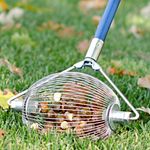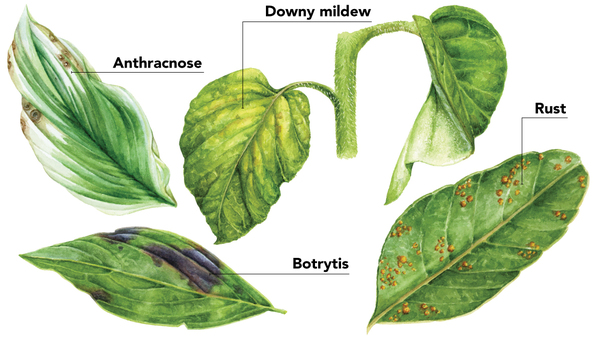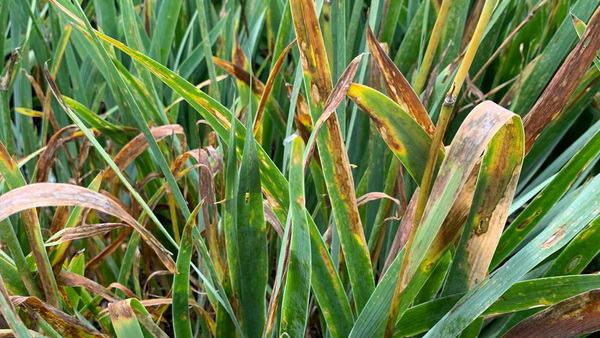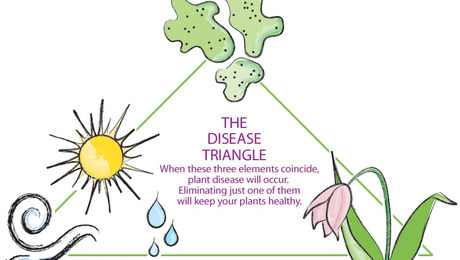
There are several signs of fall I can depend on year in and year out. The sky turns bluer, the leaves start to change, and the numbers of questions I get about black spot begin to rise!
Fall seems to bring on black spot in most parts of the country. That makes sense if you think about it. The nights are cooler. Dew and damp are the usual morning conditions. The roses are starting to shut down, so they are not putting as much energy into fighting off disease. I suspect they figure their leaves will drop off and someone will just pick them up for them—kind of like a teenager’s method of changing clothes before a Saturday night date.
So what should you do about this sudden outbreak? Should you panic? Bring out the destructive chemicals you’ve had hidden under the floorboards of the potting shed? Strip the leaves one by one and sanitize your hands between each leaf?
My advice is to do . . . nothing.
Seriously—nothing. Fall and roses go together like well, spring and masses of blooms. Every year in my garden the roses that get absolutely no disease during the entire year end up with some black spot in fall. There is little I can do to prevent it. Even increased spraying may keep it at bay for a little while, but not by much.
So if you’ve been trying to fight fall black spot without success, rest assured that it’s not you. Rather, it’s Mother Nature, and trying to fight her is a battle we will lose every time.
For now, just let the leaves get the black spot. In a short while they will fall off, and then we’ll start talking about some winter chores we can do to clean not only them but also any lingering black-spot spores.
Enjoy the fall leaf display!
Fine Gardening Recommended Products

A.M. Leonard Deluxe Soil Knife & Leather Sheath Combo
Fine Gardening receives a commission for items purchased through links on this site, including Amazon Associates and other affiliate advertising programs.

Spear & Jackson 4930FZ Razorsharp Telescopic Tree Pruner
Fine Gardening receives a commission for items purchased through links on this site, including Amazon Associates and other affiliate advertising programs.

Medium Nut Wizard 14" for English Walnuts, Chestnuts, Golf Balls
Fine Gardening receives a commission for items purchased through links on this site, including Amazon Associates and other affiliate advertising programs.


















Comments
Log in or create an account to post a comment.
Sign up Log in